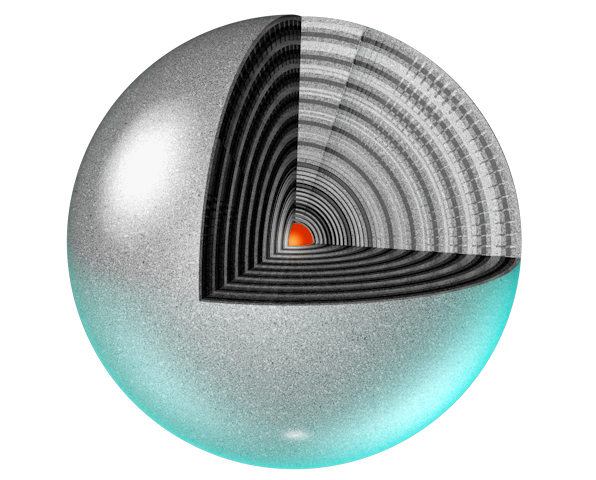For further study, see Hyperphysics->Sound waves
Chapter One: An Acoustics Primer

2. What is Sound? | Page 2
Wave motion: longitudinal waves, traveling waves, and transverse waves
Sound waves in air are longitudinal waves, in that the oscillating motion of the air molecules is parallel to the direction the sound wave travels in. Physicists classically demonstrate this with the "Slinky" model, in which a quick push on one end of a Slinky will cause a longitudinal wave to travel down its length. The wave can be seen as areas where the coils are closer or farther apart from each other than they would normally be in the Slinky’s state of rest, corresponding to the compression and rarefaction of air molecules in sound.

A sound wave is also a form of a traveling wave, in that the air molecules disturbed by the sound source are unlikely to be the ones hitting your eardrum, but transfer their energy to other neighboring molecules. Sound wave air molecules do not travel far, but spread their kinetic energy or force to adjacent molecules before bouncing back near their original position, much like a cue ball striking another in billiards.
Transverse waves, such as those created by a vibrating string, displace the medium perpendicularly to the direction the wave propagates in. It should be noted that transverse waves from vibrating strings themselves makes very little sound, and it is usually the transfer and reorientation of this motion through the mechanics of an instrument (bridge, sound board, etc.) that produce the bulk of the sound we ultimately hear.

PROPAGATION
A sound wave, which is not impeded by another object, propagates (or spreads) out from the sound source as a sphere. The surface of the sphere is referred to as the wave front or wave boundary.

EXPANSION
The figure above illustrates the cross-section of a sound wave expanding outward from its source as a sphere if unimpeded by another object. It is an example of a longitudinal wave.

POND RIPPLE MODEL
Pond ripples are examples of a combined transverse and longitudinal wave, where the displacement of the individual particles is in a circular (or elliptical) motion with the radius of that circle being parallel to the outward direction of the wave propagation at equilibrium.